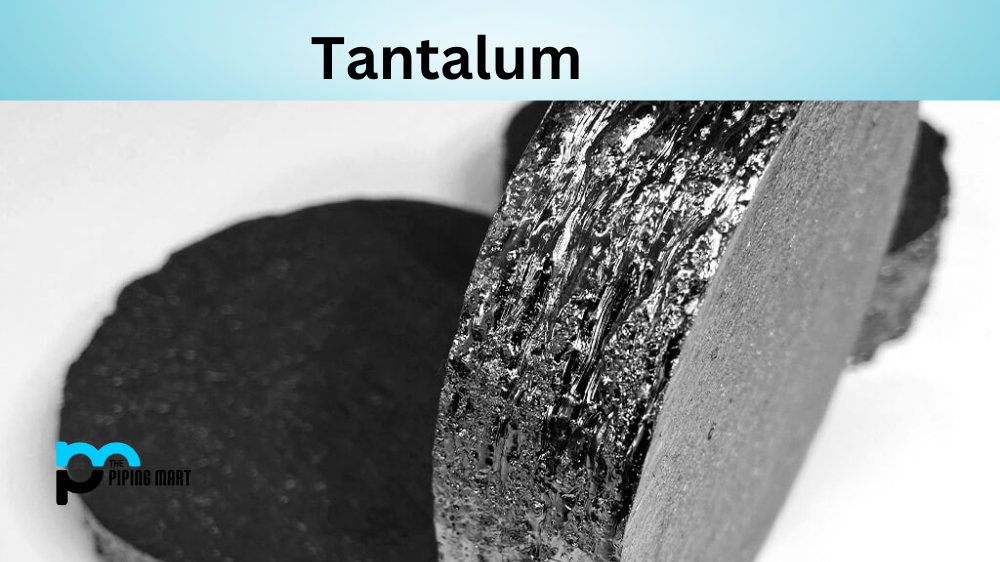Hastelloy alloys are widely used in various industries due to their outstanding thermal and corrosion resistance properties. Hastelloy B2 and C276 are two popular nickel-based alloys that offer excellent resistance to corrosion, high-temperature tensions, and cracking. Although they belong to the same family of Hastelloy alloys, they have key differences. In this blog post, we will provide a detailed comparison between Hastelloy B2 and C276 to give you a better understanding of their properties and applications.
Difference Between Hastelloy B2 and C276
Chemical Composition
Both Hastelloy B2 and C276 alloys offer a high level of chemical resistance. However, B2 has a slightly lower nickel content (65%) than C276 (58%). B2 also has higher molybdenum, iron and chromium content, which makes it ideal for resisting hydrochloric acid at all concentrations and temperatures. In contrast, C276 has higher tungsten content, providing adequate corrosion resistance in concentrated sulfuric acid solutions. This difference in chemical composition influences the alloy’s ability to perform in specific corrosive environments.
Corrosion Resistance
Hastelloy B2 offers superior resistance to hydrochloric acid, sulfuric acid, and other reducing environments. It is also resistant to stress corrosion cracking, pitting, and crevice corrosion. The alloy can be used in chemical, food, and pharmaceutical applications. C276, on the other hand, offers excellent resistance in a wide range of harsh environments, making it ideal for applications in the chemical, petrochemical, and pulp and paper industries. It is used in applications exposed to highly oxidizing and reducing environments, such as hot acidic chloride-containing media.
Strength and Toughness
Hastelloy C276 provides higher strength and toughness than Hastelloy B2. Both alloys can be cold-worked and hot-worked at suitable temperatures within the range of 870-1230°C. However, C276 offers better resistance to high-temperature applications and can withstand temperatures up to 1,370°C. It can also work in environments containing oxidizing and reducing agents. Hastelloy B2 offers better low-temperature properties and has a minimum ductility temperature of -196°C.
Weldability
Hastelloy B2 and C276 are weldable using welding processes such as TIG, MIG, and SMAW. However, C276 is easier to weld than B2 and can be welded using low-carbon filler metals.
Cost
Both alloys’ costs vary depending on the market demand, supply, chemical composition, and manufacturer. However, typically, Hastelloy B2 is cheaper than C276.
Conclusion
In conclusion, although Hastelloy B2 and C276 are excellent corrosion-resistant alloys with similar nickel and molybdenum content, they differ significantly. Hastelloy B2 offers superior resistance in reducing environments and is suitable for hydrochloric and sulfuric acid applications. Hastelloy C276 provides excellent protection in extremely corrosive and oxidizing environments and can withstand temperatures up to 1,370°C. Both alloys offer excellent weldability, but C276 is easier to weld. When choosing between the two alloys, it’s important to consider the specific corrosive environment, temperature, and cost analysis to determine the best option for your application.




